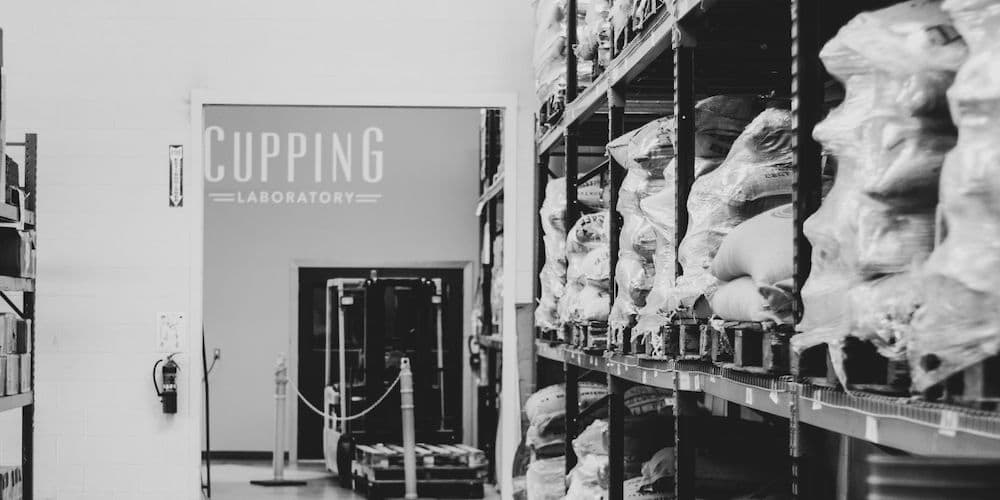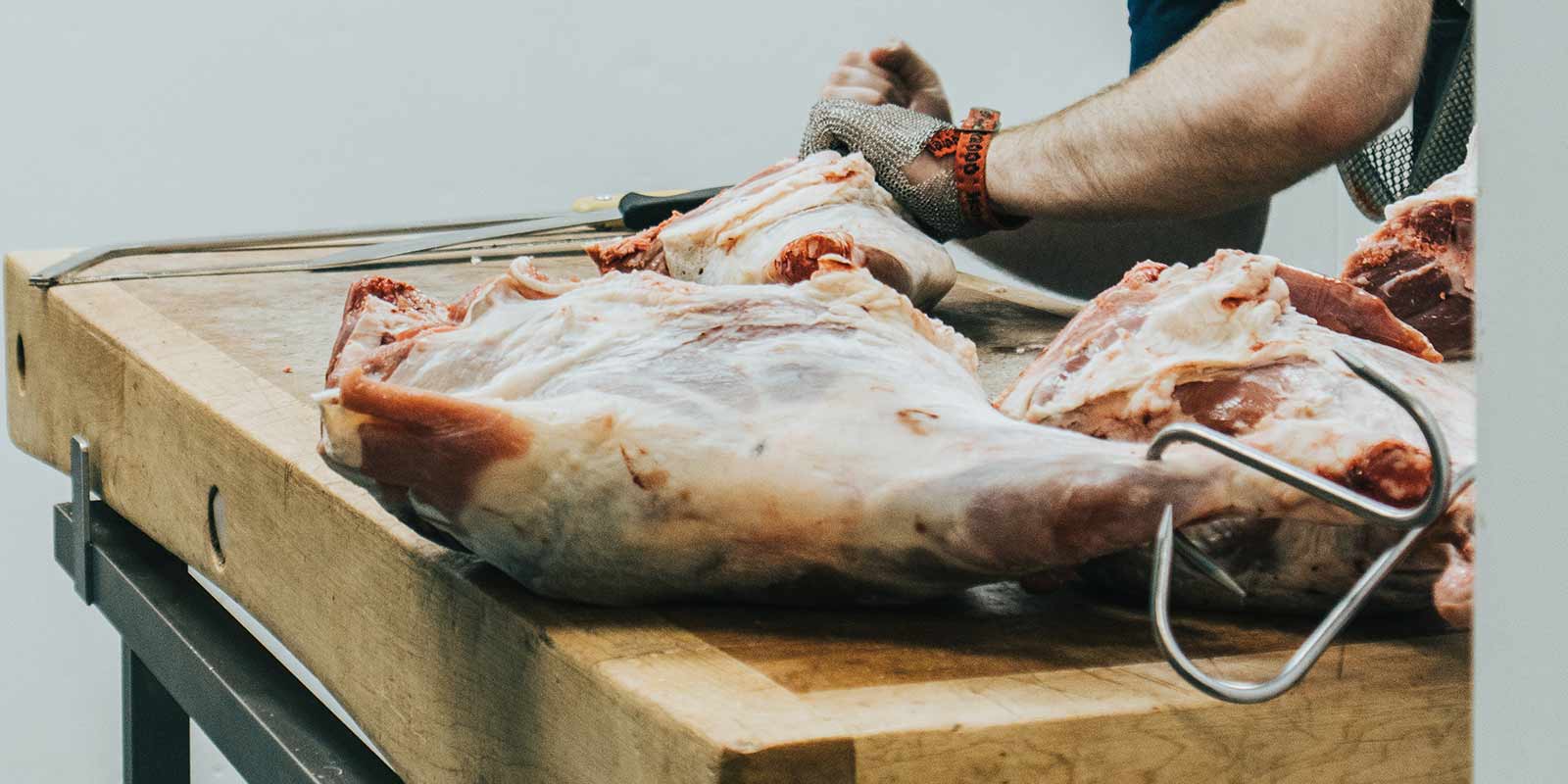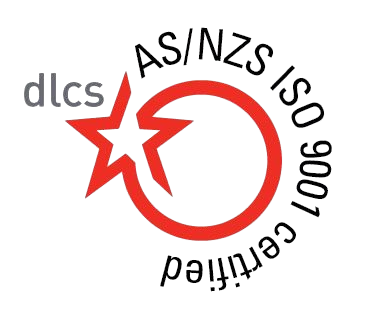In the high-stakes environment of food production, even the smallest oversight—like a crumb in a hard-to-reach corner or an improperly wiped piece of equipment—can escalate into significant issues, compromising product safety and brand reputation. Traditional cleaning methods, while effective, often fall short in addressing the complex hygiene challenges of food factories. The solution lies in adopting collaborative cleaning approaches that integrate expertise, technology, and communication to achieve unparalleled cleanliness and safety standards.
The Uncompromising Demand for Hygiene
Food factories operate under stringent regulations that demand nothing less than perfection. Hygiene is not merely about appearances; it’s about safeguarding consumer health, maintaining product quality, and upholding a reputation that can take years to build but only seconds to tarnish. In such an environment, traditional cleaning methods, often characterized by isolated efforts and rushed routines, may leave gaps that compromise safety. Collaborative cleaning systems offer a holistic approach, pooling resources, expertise, and innovation to mitigate contamination risks effectively.
Building a Cleaning Ecosystem
Collaboration in cleaning transcends merely adding more personnel; it’s about creating a systematic process where diverse expertise converges to achieve hygiene perfection. This approach functions as an ecosystem, harmonizing various elements to ensure comprehensive cleanliness:
- Unified Teams: Coordinated cleaning teams can address hard-to-reach areas, share insights on recurring hygiene issues, and act efficiently, leading to a more thorough cleaning process.
- Integrated Technology: The use of sensors and automated sanitizing equipment complements human efforts, identifying and addressing hidden dirt and bacteria that manual inspections might miss.
- Real-Time Communication: Digital tools and apps facilitate immediate communication, ensuring that no contaminated area goes unnoticed, thereby maintaining the integrity of the entire production chain.
This interconnected strategy extends beyond surface cleaning to encompass machinery, production belts, storage units, and fixtures, ensuring precision in every aspect of the facility.
Why Collaboration Elevates Hygiene Standards
Embracing collaboration introduces diverse perspectives into problem-solving, allowing cleaning efforts to transcend the limitations of one-dimensional routines. In the production of consumables meant for consumer consumption, settling for “good enough” is not an option. Here’s how collaborative cleaning transforms food factory hygiene:
- Tailored Cleaning Plans: Each factory has unique production cycles, residue challenges, and downtime for cleaning. Collaborative efforts lead to customized cleaning plans that align with these specific realities, ensuring optimal hygiene.
- Shared Expertise: Collaboration fosters an environment where workers can exchange insights and practical tips, enhancing the overall effectiveness of cleaning protocols.
- Comprehensive Cleaning: Contaminants can cling to machines, pipes, vents, floors, and even within the factory’s air. Collaborative cleaning techniques employ thorough designs and advanced tools to remove particles from areas that might otherwise be overlooked.
- Methodical Approach: Effective cleaning in food factories is neither rushed nor simplified. It involves methodical processes, including checklists, mapping high-priority areas, and using appropriate agents and technologies for different materials.
- Continuous Effort: Hygiene in a food factory isn’t a task performed intermittently; it requires a constant cycle to identify and address issues before they escalate. Collaborative systems ensure that all cleaning actions are continuous and synchronized with the factory’s production rhythm.
The Role of Innovation
In the quest for higher hygiene standards, innovation plays a pivotal role. While human expertise remains critical, collaborative cleaning solutions leverage technological advancements to enhance efficiency without compromising thoroughness. These innovations make cleaning processes more effective, ensuring that food factories maintain the highest hygiene standards and comply with stringent regulations.







